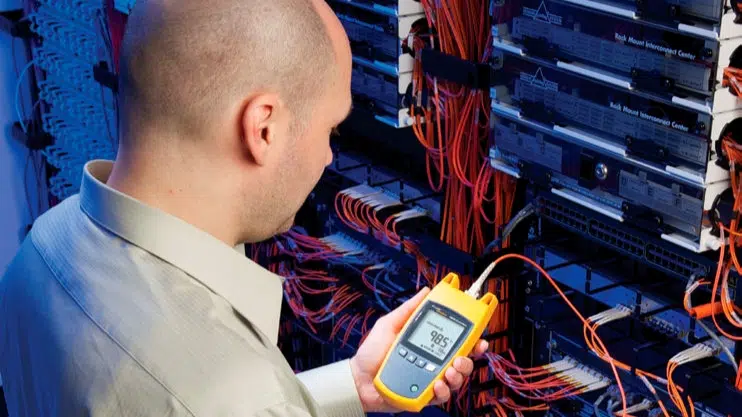With the ever-increasing demand for faster, more reliable connectivity, many businesses are turning to fiber optic cables as the solution. Fiber optic cables offer an incredibly high bandwidth over longer distances compared to traditional Ethernet cables. But if you already have an existing network with Ethernet cabling installed, is it worth the time and effort to completely redo your entire infrastructure? The answer is yes! Converting Ethernet to fiber optic for faster connectivity is not only possible but recommended. In this guide, we will explore all the steps needed to successfully convert your existing infrastructure from Ethernet to fiber optics, so you can reap the benefits of a faster, more reliable connection.
What is Ethernet?
Ethernet is a local area network (LAN) technology used for connecting devices within a limited area. It is commonly used in homes and businesses, and can be found in a variety of settings, such as offices, schools, and hospitals.
Ethernet uses a special cable that consists of four twisted pairs of wires. These wires are responsible for carrying the data signals between devices. The cable is typically referred to as an Ethernet cable, and it is available in different lengths to accommodate different needs.
Ethernet is a very popular LAN technology because it is relatively simple to install and use. In addition, Ethernet offers good performance and reliability.
What is Fiber Optic?
Fiber optic technology uses thin glass or plastic fibers to transmit data at high speeds. The major advantage of fiber optics over traditional copper wire is that it can carry much more information over longer distances. Fiber optic cables are also much thinner and lighter than copper wires, making them easier to install and less likely to be damaged.
Fiber optics are used in a variety of applications, including computer networking, telecommunication, and medical imaging. Fiber optic cables typically consist of a core, a cladding layer, and a buffer coating. The core is made of glass or plastic and is surrounded by the cladding, which reflects light back into the core. The buffer coating protects the core and cladding from damage.
When data is transmitted through a fiber optic cable, it is converted into pulses of light by a device called a transmitter. The light travels through the core of the cable where it is reflected by the cladding. At the other end of the cable, the light is received by a receiver and converted back into electrical signals.
Fiber optic cables can transmit data over long distances without requiring amplification. This makes them ideal for use in telecommunication networks where long-haul communication is required. Fiber optics are also used in local area networks (LANs), where they can provide high-speed connectivity between computers and other devices such as printers and storage devices.
How to Convert Ethernet to Fiber Optic
The process of converting Ethernet to fiber optic is not as complicated as it may seem. In fact, it is a relatively simple process that can be completed in just a few steps. Below we will outline the steps necessary to convert Ethernet to fiber optic.
1) The first step is to determine if your Ethernet cable is compatible with fiber optic conversion. Most Ethernet cables are compatible; however, there are a few types that are not. If you are unsure if your cable is compatible, you can contact the manufacturer or an IT professional for assistance.
2) Once you have determined that your Ethernet cable is compatible, the next step is to purchase a fiber media converter. There are many different types and brands of converters available on the market; however, it is important to choose one that is compatible with your specific type of Ethernet cable.
3) The next step is to connect the converter to your Ethernet cable. Once the converter is properly connected, you will need to plug the other end of the converter into an available port on your router or switch.
4) The final step is to configure your router or switch to use the new fiber optic connection. Consult your router or switch’s documentation for specific instructions on how to do this. Once you have completed these steps, you will be able to enjoy the benefits of a faster and more reliable connection!
Conclusion
We hope this guide has provided you with all the information and tools necessary to convert your Ethernet connection to fiber optic for faster speeds. Converting from Ethernet to fiber is a relatively simple process, but it does require some technical knowledge in order to be successful. If you have any questions about this topic or need help troubleshooting any issues along the way, don’t hesitate to reach out for assistance. With a little bit of configuration and planning, you can enjoy blazing fast internet speeds through your new fiber optic connection.



